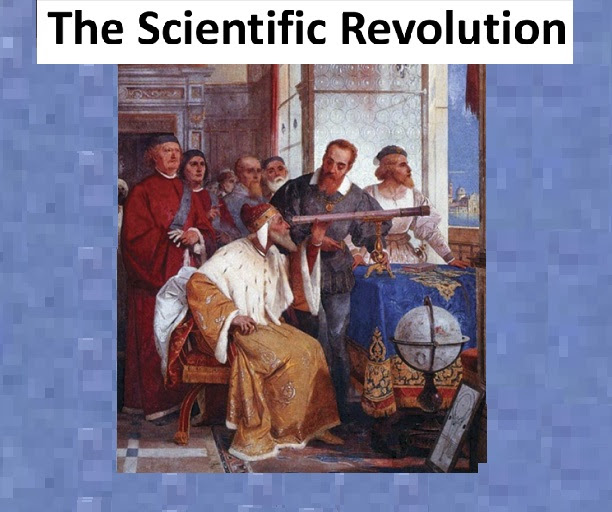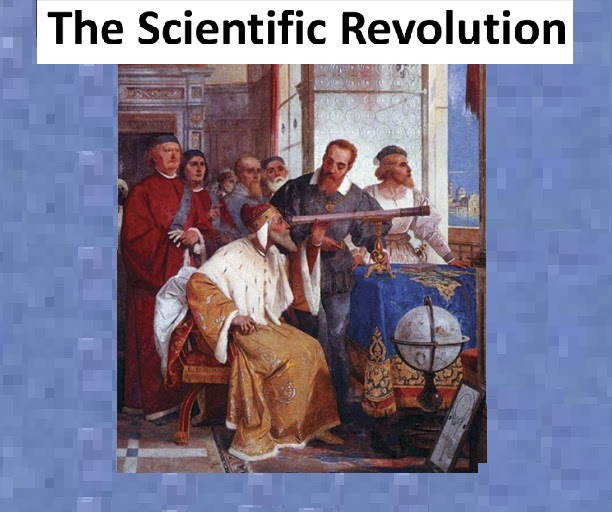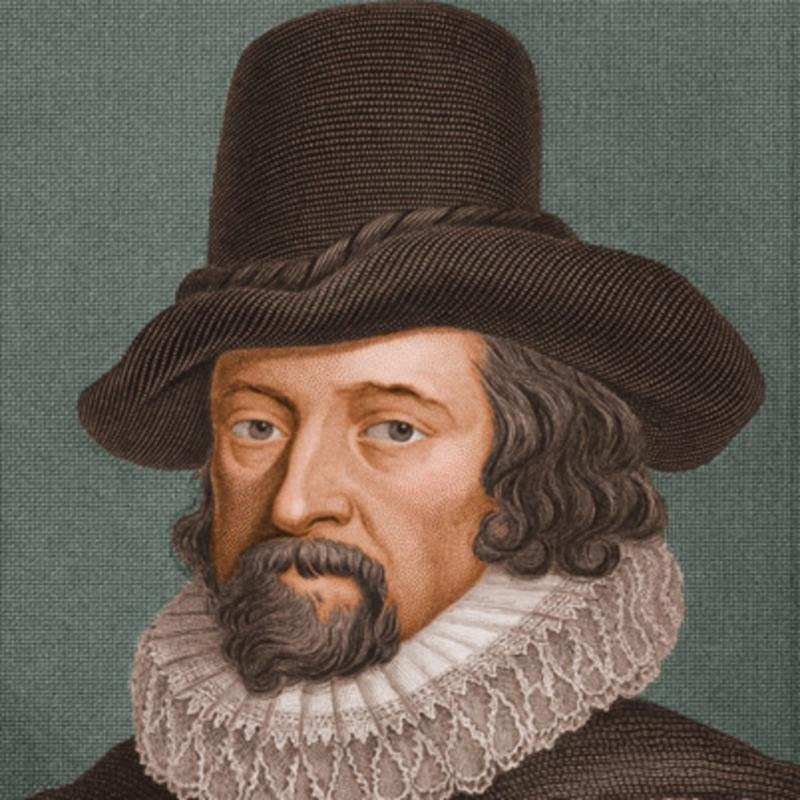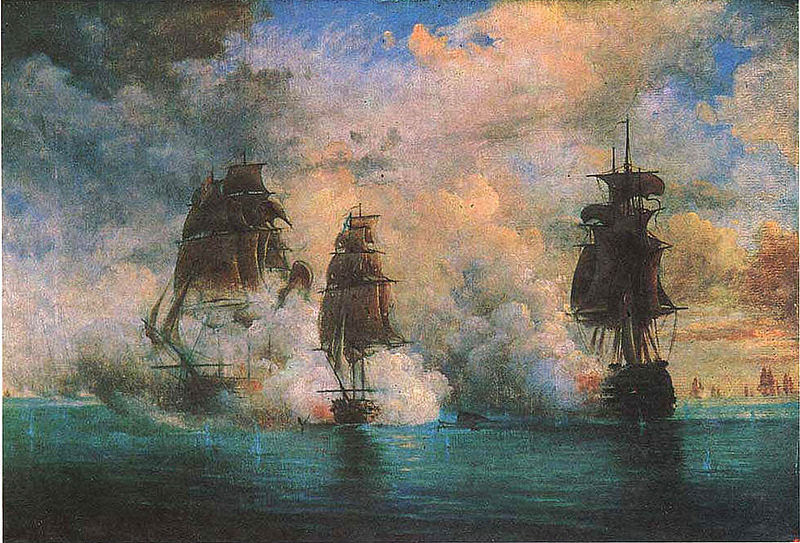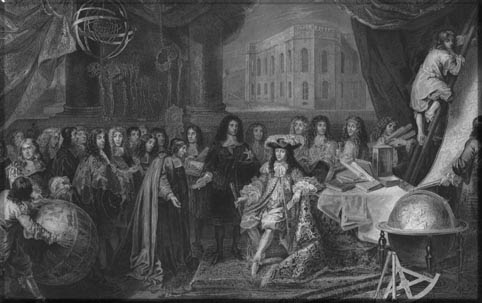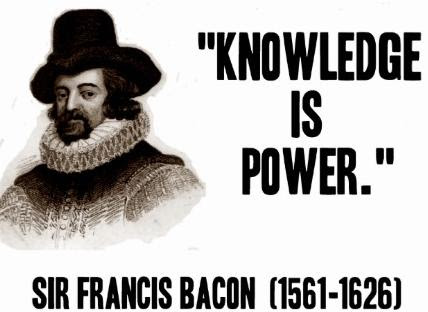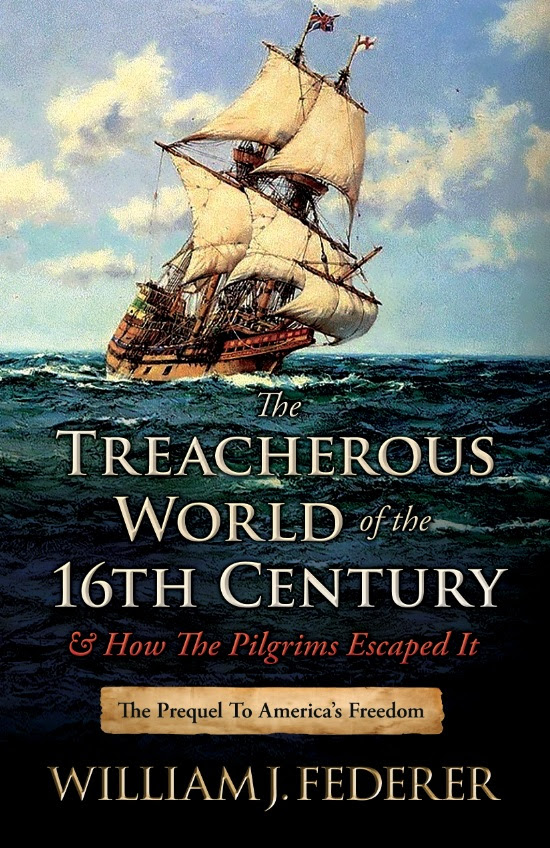Regarding goodness,Bacon wrote (The Essays of Francis Bacon, “XIII. Of Goodness and Goodness of Nature”):
“Goodness … of all virtues … is the greatest; being the character of the Deity: and without it man is a busy, mischievous, wretched thing; no better than a kind of vermin.
Goodness answers to the theological virtue Charity …
Goodness is imprinted deeply in the nature of man; insomuch that if it issue not towards men, it will take unto other living creatures; as it is seen in the Turks, a cruel people, who nevertheless are kind to beasts, and give alms to dogs and birds …
Indeed there was never law, or sect, or opinion, did so much magnify goodness, as the Christian religion doth …
If a man be gracious and courteous to strangers, it shews he is a citizen of the world, and that his heart is no island cut off from other lands, but a continent that joins to them.
If he be compassionate towards the afflictions of others, it shews that his heart is like the noble tree that is wounded itself when it gives the balm.
If he easily pardons and remits offenses, it shews that his mind is planted above injuries; so that he cannot be shot.
If he be thankful for small benefits, it shows that he weighs men’s minds, and not their trash.
But above all, if he have St. Paul’s perfection, that he would wish to be an anathema from Christ for the salvation of his brethren, it shews much of a divine nature, and a kind of conformity with Christ himself.”
 Children Israel and American flag
Children Israel and American flag 
